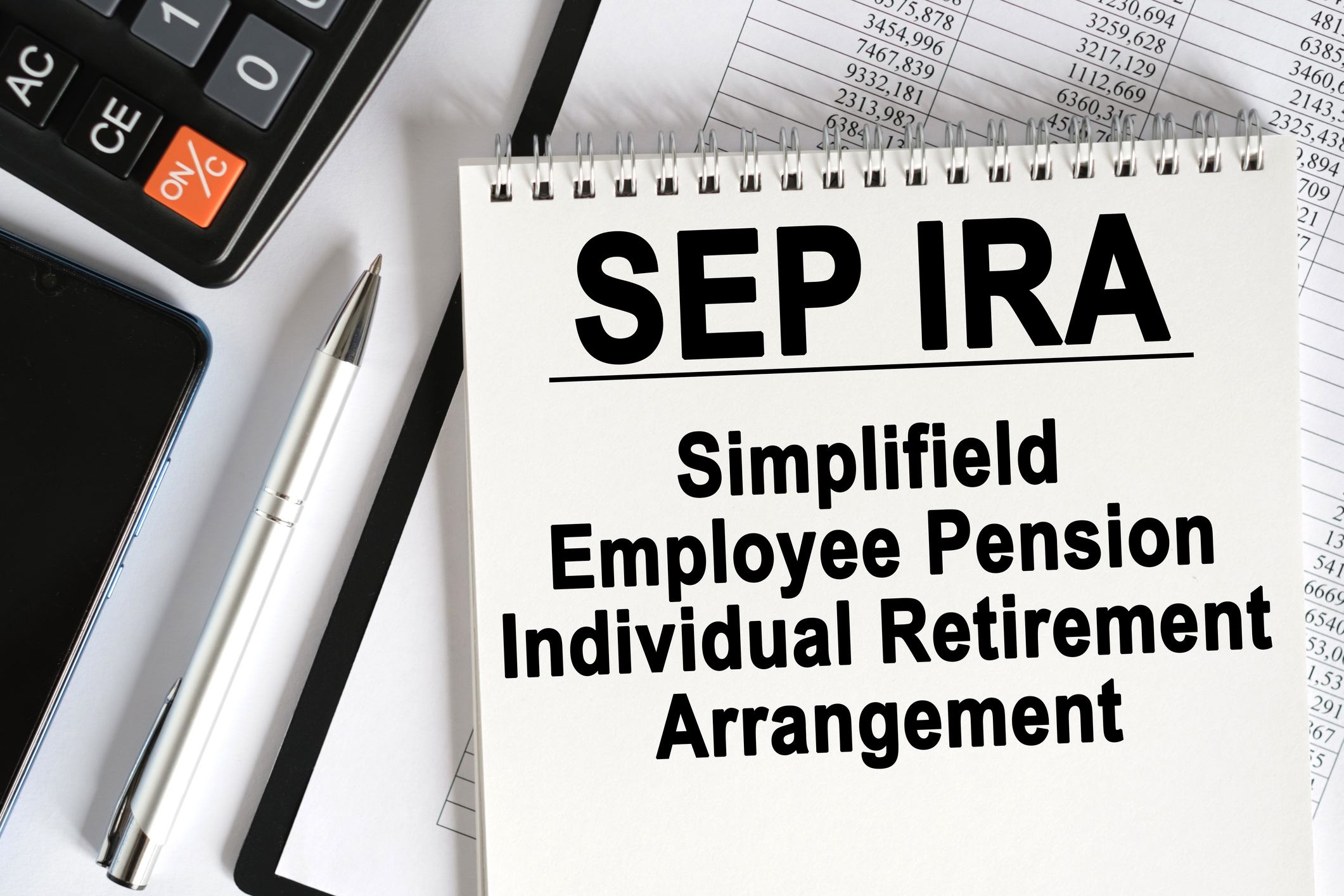Should I Buy Long-Term-Care Insurance, or Self-Insure?
Editor’s note: This is one of the 20 tough financial questions posed in the “Do This or That?” cover story in the September 2011 issue of Kiplinger’s Personal Finance.
Editor’s note: This is one of the 20 tough financial questions posed in the “Do This or That?” cover story in the September 2011 issue of Kiplinger’s Personal Finance. Use the drop-down menu above to consider other financial conundrums and the right answers for you; share your own experiences and insights in the Discuss field at the bottom of this page.
Choose long-term-care insurance if the cost of a nursing-home stay would devastate your savings. The median cost of one year in a private room in a nursing home topped $77,000 in 2011, and round-the-clock home care costs even more. The long-term-care insurance industry has been in turmoil recently, with insurers exiting the business or raising rates. But a healthy 55-year-old could still find a policy for about $2,000 to $3,000 per year that provides $150 in daily benefits, with inflation protection, for up to three years. You can save on premiums with a policy that boosts annual benefits based on increases in the consumer price index, rather than rising by 5% compounded each year. A three-year benefit period covers average long-term-care needs, but you can hedge your bets by buying a shared-benefit policy with a spouse, which provides a pool of benefits you both can use. You may also get a discount of up to 15% by buying a policy through your employer.
Self-insure if you have very deep pockets. But incurring hundreds of thousands of dollars in potential long-term-care expenses is a huge hit for even the wealthiest seniors. You can compromise by buying a policy that combines life insurance and long-term-care coverage, or combines annuities and long-term care. A $100,000 combo annuity, for example, may provide up to $300,000 in long-term-care benefits; unused portions of the annuity -- minus any long-term-care payouts -- may be left to heirs. These policies are also a way to get long-term-care insurance if you can’t qualify for a stand-alone policy, and they help you avoid long-term-care rate increases.
From just $107.88 $24.99 for Kiplinger Personal Finance
Become a smarter, better informed investor. Subscribe from just $107.88 $24.99, plus get up to 4 Special Issues

Sign up for Kiplinger’s Free Newsletters
Profit and prosper with the best of expert advice on investing, taxes, retirement, personal finance and more - straight to your e-mail.
Profit and prosper with the best of expert advice - straight to your e-mail.
Profit and prosper with the best of Kiplinger's advice on investing, taxes, retirement, personal finance and much more. Delivered daily. Enter your email in the box and click Sign Me Up.
-
 5 Types of Gifts the IRS Won’t Tax: Even If They’re Big
5 Types of Gifts the IRS Won’t Tax: Even If They’re BigGift Tax Several categories of gifts don’t count toward annual gift tax limits. Here's what you need to know.
-
 The 'Scrooge' Strategy: How to Turn Your Old Junk Into a Tax Deduction
The 'Scrooge' Strategy: How to Turn Your Old Junk Into a Tax DeductionTax Deductions We break down the IRS rules for non-cash charitable contributions. Plus, here's a handy checklist before you donate to charity this year.
-
 IRS Says You Made a Tax Return Mistake? A New Law Could Help You Fight Back
IRS Says You Made a Tax Return Mistake? A New Law Could Help You Fight BackTax Law Updated taxpayer protections change what the IRS must explain on error notices and how long you have to respond.
-
 I Tried a New AI Tool to Answer One of the Hardest Retirement Questions We All Face
I Tried a New AI Tool to Answer One of the Hardest Retirement Questions We All FaceAs a veteran financial journalist, I tried the free AI-powered platform, Waterlily. Here's how it provided fresh insights into my retirement plan — and might help you.
-
 Amazon Resale: Where Amazon Prime Returns Become Your Online Bargains
Amazon Resale: Where Amazon Prime Returns Become Your Online BargainsFeature Amazon Resale products may have some imperfections, but that often leads to wildly discounted prices.
-
 457 Plan Contribution Limits for 2026
457 Plan Contribution Limits for 2026Retirement plans There are higher 457 plan contribution limits in 2026. That's good news for state and local government employees.
-
 Medicare Basics: 12 Things You Need to Know
Medicare Basics: 12 Things You Need to KnowMedicare There's Medicare Part A, Part B, Part D, Medigap plans, Medicare Advantage plans and so on. We sort out the confusion about signing up for Medicare — and much more.
-
 The Seven Worst Assets to Leave Your Kids or Grandkids
The Seven Worst Assets to Leave Your Kids or Grandkidsinheritance Leaving these assets to your loved ones may be more trouble than it’s worth. Here's how to avoid adding to their grief after you're gone.
-
 SEP IRA Contribution Limits for 2026
SEP IRA Contribution Limits for 2026SEP IRA A good option for small business owners, SEP IRAs allow individual annual contributions of as much as $70,000 in 2025, and up to $72,000 in 2026.
-
 Roth IRA Contribution Limits for 2026
Roth IRA Contribution Limits for 2026Roth IRAs Roth IRAs allow you to save for retirement with after-tax dollars while you're working, and then withdraw those contributions and earnings tax-free when you retire. Here's a look at 2026 limits and income-based phaseouts.
-
 SIMPLE IRA Contribution Limits for 2026
SIMPLE IRA Contribution Limits for 2026simple IRA For 2026, the SIMPLE IRA contribution limit rises to $17,000, with a $4,000 catch-up for those 50 and over, totaling $21,000.